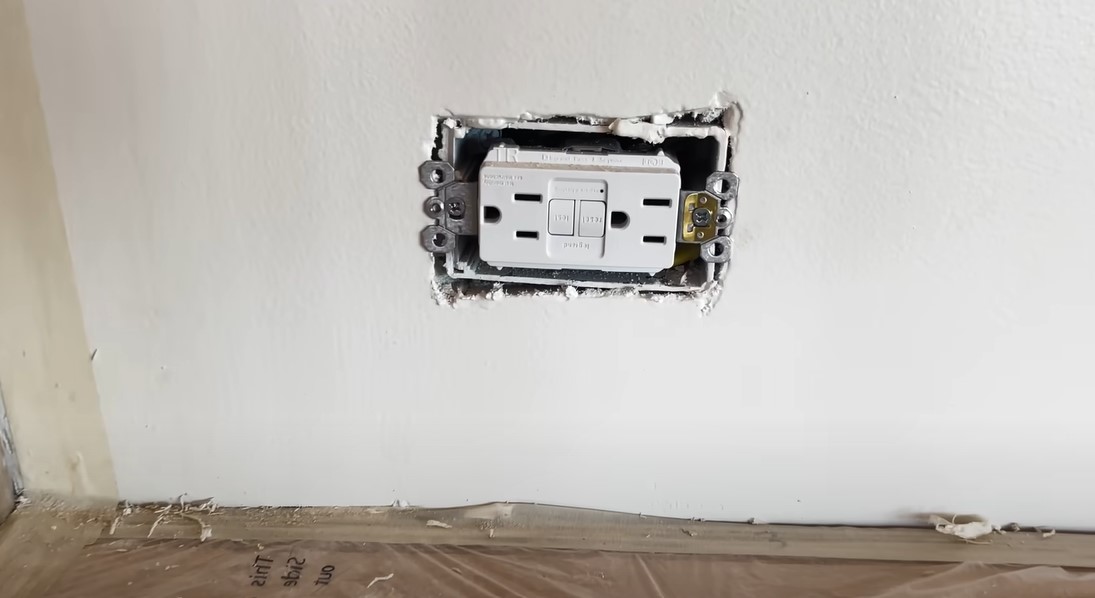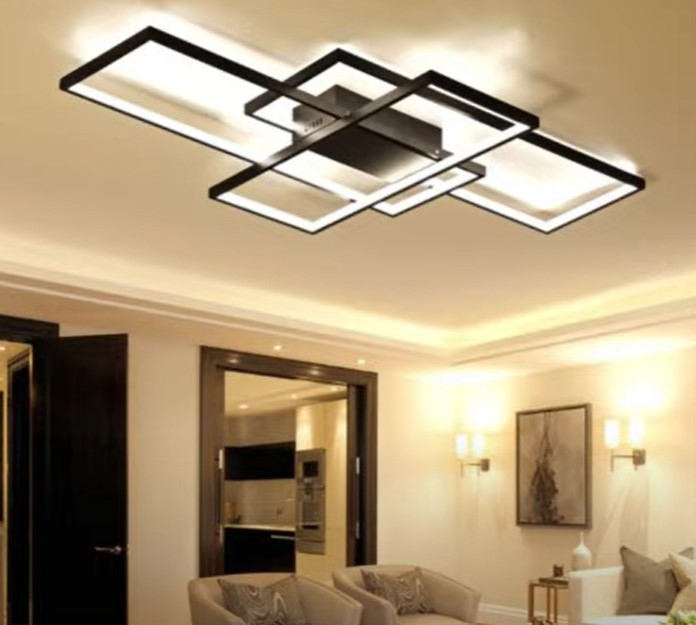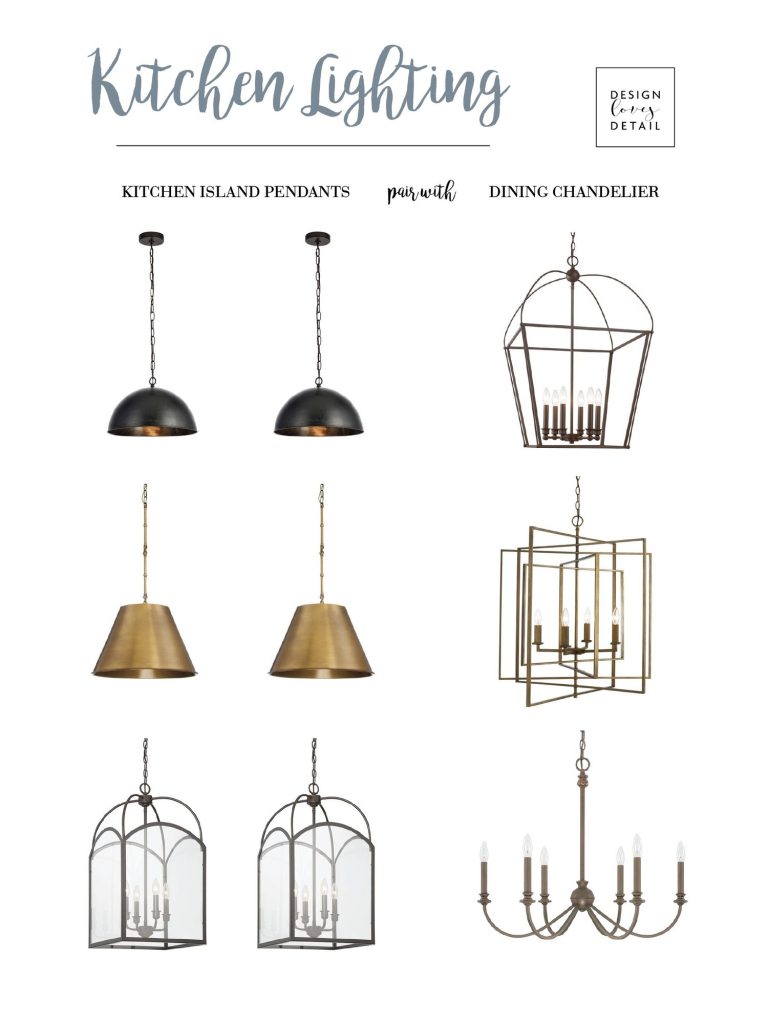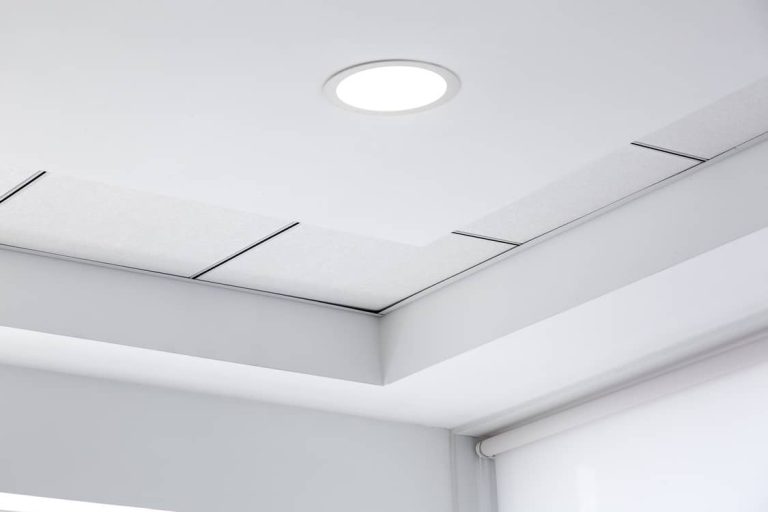Do Bathroom Lights Need to Be Gfci Protected? Essential Guide
Do bathroom lights need to be GFCI protected? Bathroom lights do not need to be GFCI protected unless they are within the shower or bathtub zone. However, all bathroom outlets must be GFCI protected. If a light fixture is combined with a fan or outlet, GFCI protection may be required depending on its location and usage.
When it comes to your bathroom, a space where water and electricity often meet, understanding the need for Ground Fault Circuit Interrupter (GFCI) protection is essential. Imagine the peace of mind knowing your bathroom is as safe as it can be.
We’ll uncover the importance of GFCI protection for bathroom lights, ensuring you have all the information you need to make your home safer. Stay with us, and learn how a small change can make a big difference in your everyday life.
Do Bathroom Lights Need to Be Gfci Protected?
Bathroom Lighting Safety
Bathroom lighting safety is crucial for a secure environment. Bathrooms are prone to moisture, which poses electrical risks. Proper safety measures prevent accidents and ensure peace of mind.
Why Gfci Protection Matters
GFCI stands for Ground Fault Circuit Interrupter. It prevents electrical shocks by cutting power when a fault occurs. Bathrooms are wet spaces, increasing shock risk. GFCI protection in lighting reduces this risk significantly.
Common Bathroom Lighting Hazards
Moisture can lead to electrical failures. Wet conditions heighten the chance of short circuits. Without proper protection, light fixtures can become dangerous. Ensuring fixtures are GFCI protected minimizes these hazards.
Benefits Of Gfci-protected Lights
GFCI-protected lights offer enhanced safety. They provide peace of mind in wet environments. Protection reduces the risk of electrical accidents. It ensures that fixtures remain safe during unexpected faults.
Installation Tips For Gfci Bathroom Lights
Hire a professional for installation. They ensure proper placement and connection. Check local codes for specific requirements. Regular maintenance is key for long-term safety.
Understanding Gfci
Understanding GFCI is crucial when considering bathroom lighting safety. You might be wondering whether your bathroom lights need this protection. GFCI, or Ground Fault Circuit Interrupter, is a device that helps prevent electrical shocks. This is particularly important in areas exposed to water, like bathrooms. But do bathroom lights really need GFCI protection?
What Is Gfci?
GFCI stands for Ground Fault Circuit Interrupter. It is designed to protect you from electric shocks. You might have seen these outlets with the reset and test buttons. They are commonly found in bathrooms and kitchens.
Imagine you’re drying your hair with a blow dryer, and suddenly it falls into the sink filled with water. Without GFCI, this could lead to a dangerous situation. The GFCI outlet will automatically cut off the power, keeping you safe.
Why Is Gfci Important In Bathrooms?
Bathrooms are wet environments. Water and electricity don’t mix well. GFCI protection is essential because it can detect even small leaks of electricity. It acts quickly, reducing the risk of shocks.
Think about your daily routine. You use electric razors, hairdryers, or maybe a curling iron. These devices are all near water sources. GFCI protection ensures that if something goes wrong, the power is cut off instantly.
Do Bathroom Lights Need Gfci?
It’s a common question for homeowners. Generally, bathroom lights do not need GFCI protection. However, if they are near a shower or bathtub, it’s wise to consider it.
Remember a time when you decided to change a light bulb while standing on a wet floor. In such situations, the risk increases. While bathroom lights themselves might not require GFCI, ensuring nearby outlets have it adds an extra layer of safety.
How To Ensure Bathroom Safety?
Start by checking your bathroom outlets. Are they GFCI protected? If not, consider upgrading. It’s a small change that can make a big difference in safety.
Consult with an electrician. They can advise on whether your bathroom lights need GFCI. Sometimes, local codes might require it. It’s always better to be safe than sorry.
Reflect on your habits. Are you often using devices near wet areas? If so, evaluate whether additional protection is needed. Your safety is worth the investment.
The Takeaway
Do bathroom lights need GFCI protection? Not always, but safety should never be compromised. Consider the layout and usage of your bathroom. Check local codes and consult professionals when in doubt. Your peace of mind is priceless.
Next time you enter your bathroom, think about the little details that keep you safe. It’s not just about convenience; it’s about ensuring a secure environment for you and your loved ones.
Gfci Requirements For Bathrooms
Understanding the GFCI Requirements for Bathroomsis crucial for ensuring safety in your home. Ground Fault Circuit Interrupters (GFCIs) are designed to protect you from electrical shocks, especially in areas prone to moisture. Bathrooms, with their constant exposure to water, are prime candidates for GFCI installation. Knowing where and how to install these can make a big difference in your safety and peace of mind.
Why Gfcis Are Essential In Bathrooms
Imagine stepping out of the shower with wet feet and accidentally touching an unprotected electrical outlet. The risk of electric shock is real and dangerous. GFCIs are designed to cut off the power supply immediately if they detect any imbalance in the electrical current, safeguarding you from potential harm.
Installing GFCIs in your bathroom isn’t just about following regulations; it’s about protecting you and your family. They provide a layer of security that standard outlets cannot, especially in a moisture-rich environment.
What Areas In Bathrooms Need Gfci Protection?
Not all areas in your bathroom may need GFCI protection, but certain spots are non-negotiable. Outlets near sinks, bathtubs, and showers should always have GFCIs installed. These are areas where water and electricity are most likely to meet, posing the highest risk.
Think about where you plug in your hair dryer or electric razor. If these outlets are near water sources, they should be GFCI protected. Consider adding GFCIs to all outlets to maximize safety.
How To Ensure Your Bathroom Meets Gfci Requirements
Meeting GFCI requirements in your bathroom is simpler than you might think. Begin by checking existing outlets for GFCI protection. Look for outlets with a “Test” and “Reset” button—these are GFCI outlets.
If your bathroom lacks GFCI outlets, it’s time to consider upgrading. Consult an electrician to ensure proper installation. While DIY can be tempting, professional installation guarantees compliance with safety standards.
Common Mistakes When Installing Gfcis
People often assume that GFCIs are needed only for outlets directly exposed to water. This misconception can lead to inadequate protection. Don’t overlook outlets that, while not directly exposed, are still within reach of water sources.
Another mistake is failing to test GFCI outlets regularly. You should press the “Test” button monthly to ensure they’re functioning correctly. Regular testing can prevent electrical hazards before they occur.
Thinking about the safety of your bathroom can be overwhelming. But taking these steps to ensure GFCI compliance can make your bathroom not just a functional space but a safe haven. Are your bathroom outlets ready to protect you? Now might be the perfect time to check.
Types Of Bathroom Lights
Choosing the right bathroom lights is crucial for safety and style. Different types of lights can complement your bathroom’s design. They also ensure proper illumination for daily tasks.
Ceiling Lights
Ceiling lights are common in many bathrooms. They provide overall brightness. This makes them ideal for larger spaces. Flush mounts and semi-flush mounts are popular choices. Both offer a sleek look and ample light.
Vanity Lights
Vanity lights are installed above or beside mirrors. They help reduce shadows on your face. This makes them perfect for grooming tasks. Choose styles that match your bathroom decor. Consider energy-efficient bulbs for long-term savings.
Wall Sconces
Wall sconces add elegance to any bathroom. They provide ambient lighting. Install them on either side of a mirror for balance. These lights are versatile and come in many designs. They can be both functional and decorative.
Recessed Lights
Recessed lights are installed into the ceiling. They offer a clean, modern look. These lights are ideal for shower areas. Ensure they are waterproof and suitable for damp locations. They can highlight specific areas without taking up space.
Accent Lights
Accent lights enhance specific features in your bathroom. They create a cozy ambiance. Use them to highlight artwork or architectural details. Choose adjustable fixtures for flexibility. They add depth and interest to your space.
Installation Tips
Bathroom lights often need GFCI protection to prevent electrical shocks in wet areas. This safety measure helps ensure peace of mind while using bathroom fixtures. Always check local electrical codes for specific requirements.
When it comes to installing bathroom lights, ensuring that they are GFCI protected can be a crucial step for enhancing safety. Bathrooms are inherently wet environments, and the combination of water and electricity can be dangerous. By following some simple installation tips, you can protect yourself and your family from electrical hazards.
Check Local Electrical Codes
Before starting any electrical work, it’s important to check your local electrical codes. These codes provide the legal requirements for electrical installations, including the need for GFCI protection in bathrooms. You might be surprised to learn that requirements can vary significantly from one place to another. Ensuring compliance not only keeps you safe but also avoids potential fines.
Choose The Right Gfci Outlet
Selecting the right GFCI outlet is essential. Consider the electrical load and the number of devices you’ll be using in your bathroom. GFCI outlets come in different amperage ratings, so choose one that can handle the load. A 15-amp outlet may suffice for basic needs, but a 20-amp outlet might be better for larger bathrooms with more devices.
Position The Outlet Carefully
Think about where to position the GFCI outlet. Ideally, it should be close enough to your bathroom light fixtures to provide protection, but not so close to the water sources that it poses a risk. Consider placing the outlet near the light switch for easy accessibility. Avoid placing it directly above the sink or bathtub to minimize potential water exposure.
Test Your Gfci Outlet
Once installed, test the GFCI outlet to ensure it’s working correctly. Press the “Test” button to see if the outlet trips, then press “Reset” to restore power. Testing periodically is a good practice. It ensures that the outlet continues to function properly and provides ongoing protection.
Get Professional Help If Needed
If you’re unsure about any part of the installation process, don’t hesitate to seek professional help. A licensed electrician can ensure everything is set up safely and correctly. Sometimes, the peace of mind that comes with professional installation is worth the investment. You want to ensure that your bathroom is a safe space for all family members.
By taking these practical steps, you can enhance the safety of your bathroom lights. Are you ready to take on this project, or do you think professional help is the best route for you?

Credit: penfoldelectric.com
Frequently Asked Questions
What Is Gfci And Why Is It Important?
GFCI stands for Ground Fault Circuit Interrupter. It helps prevent electrical shocks. Especially in wet areas like bathrooms.
Do All Bathroom Lights Need Gfci Protection?
Not always required. But it’s safer. Especially if the light is near water sources.
How Does Gfci Protection Work In Bathrooms?
It detects electrical faults. Then it cuts off power. This reduces the risk of shocks and fires.
Conclusion
GFCI protection is vital for bathroom lights. It ensures safety from electrical shocks. Water and electricity are a dangerous mix. GFCI outlets detect these risks quickly. Installing them reduces potential hazards. They offer peace of mind for families. Simple, effective, and crucial for home safety.
Always prioritize safety in wet areas. Consult a professional electrician for proper installation. Protect your home and loved ones. Keep your bathroom safe and secure. Safety first, always.
Related Article







